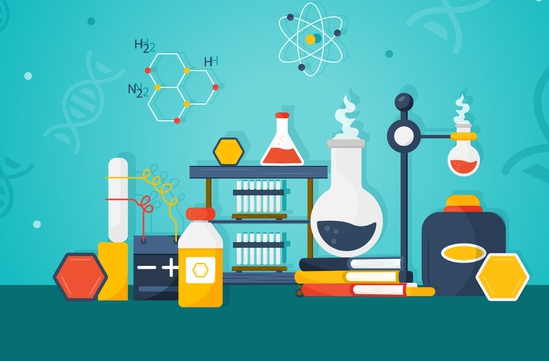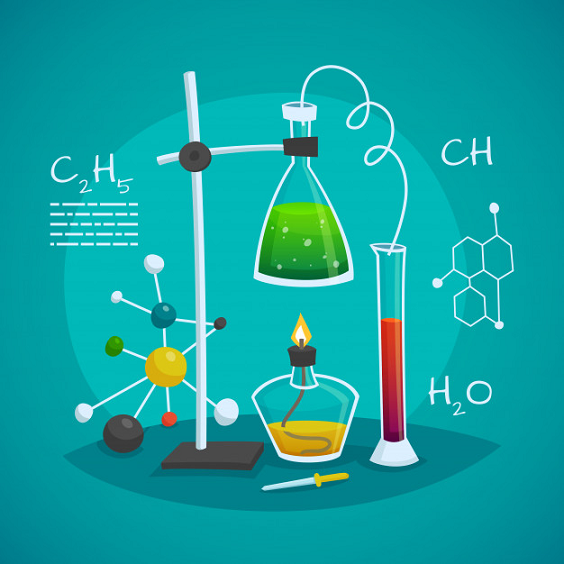
- Editing Teacher: Ngoc-Thanh Vu

- Editing Teacher: Ngoc-Thanh Vu
- Editing Teacher: Maria Panzuto
- Editing Teacher: Quentin Van Ginhoven
- Editing Teacher: Brandee Diner
The lecture portion of this course will be conducted online synchronously in Teams.
Initial labs of this course will be conducted on-campus. The remaining labs will be conducted asynchronously both at home and online.
- Editing Teacher: Heather Roffey
This is the first of a two-course series on College General Chemistry. This course provides a review of the application of scientific method to study various biological and environmental processes. The course also emphasizes the importance of health and safety as well as ethics in conducting scientific experiments.
- Editing Teacher: Ngoc-Thanh Vu
- Editing Teacher: Maria Panzuto
This is the second of a two-course series on College General Chemistry. This course is designed to provide students with a good understanding of the chemistry of aqueous solutions and the application of scientific method to study various other chemical processes that related to their field of study, with an emphasis on the importance of health and safety as well as ethics in conducting scientific experiments
- Editing Teacher: Ngoc-Thanh Vu
- Editing Teacher: Christopher Gregg
- Editing Teacher: Ngoc-Thanh Vu
- Editing Teacher: Ngoc-Thanh Vu

- Editing Teacher: Sebastien Lemieux Lefebvre
- Editing Teacher: Christopher Gregg
This is the first of a two-course series on vertebrate anatomy (study of form) and physiology
(study of function). This course will explore the following vertebrate body systems: support,
protection and movement; nervous coordination; and chemical coordination.
- Editing Teacher: Christopher Gregg
|
The objectives are to learn the toxic substances in the four environmental compartments (air, soil, water and biotic components). Techniques of analysis, transformations, environmental cycles, and modes of action are also covered. The effects on plant and animal organisms, ecosystems, and human health are examined. The phases are: 1) the acquisition of knowledge in ecological toxicology and an initiation to the requirements of the workplace; 2) the application of different techniques and equipment for sampling in the field and laboratory, including safety norms and protocols; 3) data analysis and presentation in technical or laboratory reports; 4) professional responsibilities. |
 |
- Editing Teacher: Bhuvan Pant
This is the first of a two-course series on vertebrate anatomy (study of form) and physiology
(study of function). This course will explore the following vertebrate body systems: support,
protection and movement; nervous coordination; and chemical coordination.
- Editing Teacher: Christopher Gregg
- Editing Teacher: Heather Roffey
- Editing Teacher: Maria Panzuto